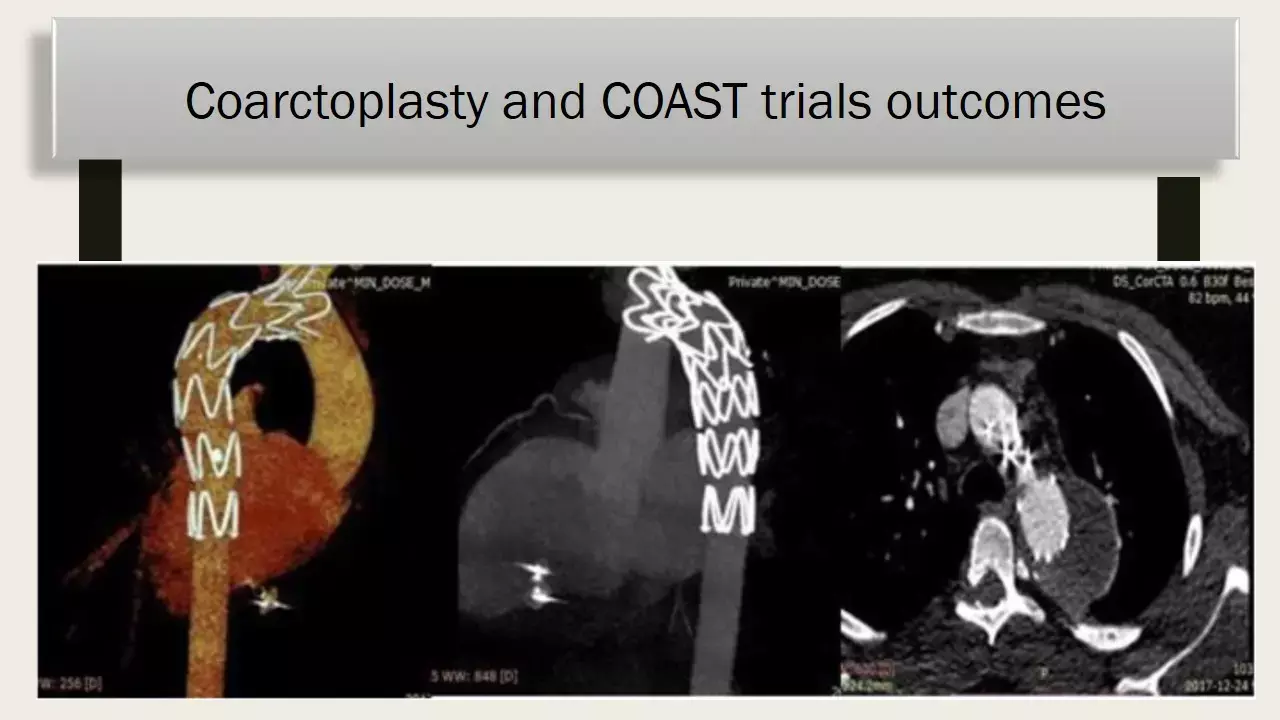- Home
- Medical news & Guidelines
- Anesthesiology
- Cardiology and CTVS
- Critical Care
- Dentistry
- Dermatology
- Diabetes and Endocrinology
- ENT
- Gastroenterology
- Medicine
- Nephrology
- Neurology
- Obstretics-Gynaecology
- Oncology
- Ophthalmology
- Orthopaedics
- Pediatrics-Neonatology
- Psychiatry
- Pulmonology
- Radiology
- Surgery
- Urology
- Laboratory Medicine
- Diet
- Nursing
- Paramedical
- Physiotherapy
- Health news
- Fact Check
- Bone Health Fact Check
- Brain Health Fact Check
- Cancer Related Fact Check
- Child Care Fact Check
- Dental and oral health fact check
- Diabetes and metabolic health fact check
- Diet and Nutrition Fact Check
- Eye and ENT Care Fact Check
- Fitness fact check
- Gut health fact check
- Heart health fact check
- Kidney health fact check
- Medical education fact check
- Men's health fact check
- Respiratory fact check
- Skin and hair care fact check
- Vaccine and Immunization fact check
- Women's health fact check
- AYUSH
- State News
- Andaman and Nicobar Islands
- Andhra Pradesh
- Arunachal Pradesh
- Assam
- Bihar
- Chandigarh
- Chattisgarh
- Dadra and Nagar Haveli
- Daman and Diu
- Delhi
- Goa
- Gujarat
- Haryana
- Himachal Pradesh
- Jammu & Kashmir
- Jharkhand
- Karnataka
- Kerala
- Ladakh
- Lakshadweep
- Madhya Pradesh
- Maharashtra
- Manipur
- Meghalaya
- Mizoram
- Nagaland
- Odisha
- Puducherry
- Punjab
- Rajasthan
- Sikkim
- Tamil Nadu
- Telangana
- Tripura
- Uttar Pradesh
- Uttrakhand
- West Bengal
- Medical Education
- Industry
Stormy "COASTS": Aortic coarctoplasty may have long-term consequences, shows follow up study.

Presenting a long term follow up data from COAST and COAST II trials, Holzer et al have shown that coarctation stenting is effective at maintaining obstruction relief up to 60 months postimplant with reduction in the number of patients requiring antihypertensive medication. However, an increase in-stent fractures and reinterventions were observed between medium and long-term follow-up. The results were published today in Circulation Cardiovascular Interventions Journal.
Aortic coarctation should be considered as a life-long disease process. Current US guidelines recommend surgical repair or catheter-based stenting for adults with hypertension and significant native or recurrent aortic coarctation (class I, level of evidence B-NR), while balloon angioplasty can be considered in these patients if stenting isn't feasible and surgery isn't an option (class IB, level of evidence B-NR). Medical therapy also is recommended for treatment of the hypertension.
COAST and COAST II trials assessed the safety and efficacy of the balloon-expandable Cheatham-Platinum (CP) stent (NuMED). The device, available in both bare-metal and covered versions, was specifically designed to address aortic coarctation. Long-term outcome data of stent-implantation for coarctation of the aorta are limited. Authors now report the 5 year follow-up results from these studies.
Data was prospectively collected during the 2 multi-center studies, enrolling 248 patients (COAST: n=121, COAST II: n=127). Late follow-up data (48–60 month) was compared with immediate (1 month) and early (12 months) follow-up.
Covered stents had been implanted in 52% and bare stents in 48%, with a median minimum stent diameter of 14.4 mm. The minimum ratio of stent diameter to aorta at the diaphragm was 0.87.
The results were as follows:
1. There was a notable decrease in the use of antihypertensive medication, from 53% at immediate, to 42% at early, and 29% at late follow-up but there was no increase in the proportion of patients who had elevated systolic BP.
2. Stent fractures were noted in 24% patients at 5 years.
3. 21% patients required catheter reintervention at 60 months.
Stent fractures at 48/60 months were independently predicted by age < 18 years, male sex, minimum stent diameter ≥ 12 mm, and bare-metal stent use. For reintervention, predictors also included age < 18 years and stent diameter ≥ 12 mm, joined by postimplantation systolic arm-leg BP gradient ≥ 10 mm Hg and initial coarctation minimum diameter < 6 mm.
Additionally, by late follow-up, 13 patients had signs of aortic wall injury (aneurysm or pseudoaneurysm), for a cumulative incidence of 6.3%, up from 1.2% at 12 months.
Compared with bare-metal stents, "covered stents appear to confer some protection from the development of stent fractures but do not provide complete protection from late aneurysm formation," the authors noted.
"We need to be constantly vigilant at identifying potential problems related to the initial coarctation and subsequent therapy, because they do occur. You cannot just discharge the patient—something that looks great now may not look great in 10 years' time", added Holzer.
• Source: Circulation cardiovascular interventions: Holzer RJ, Gauvreau K, McEnaney K, et al. Long-term outcomes of the Coarctation of the Aorta Stent Trials. Circ Cardiovasc Interv. 2021;14:e010308.
MBBS, MD , DM Cardiology
Dr Abhimanyu Uppal completed his M. B. B. S and M. D. in internal medicine from the SMS Medical College in Jaipur. He got selected for D. M. Cardiology course in the prestigious G. B. Pant Institute, New Delhi in 2017. After completing his D. M. Degree he continues to work as Post DM senior resident in G. B. pant hospital. He is actively involved in various research activities of the department and has assisted and performed a multitude of cardiac procedures under the guidance of esteemed faculty of this Institute. He can be contacted at editorial@medicaldialogues.in.
Dr Kamal Kant Kohli-MBBS, DTCD- a chest specialist with more than 30 years of practice and a flair for writing clinical articles, Dr Kamal Kant Kohli joined Medical Dialogues as a Chief Editor of Medical News. Besides writing articles, as an editor, he proofreads and verifies all the medical content published on Medical Dialogues including those coming from journals, studies,medical conferences,guidelines etc. Email: drkohli@medicaldialogues.in. Contact no. 011-43720751


